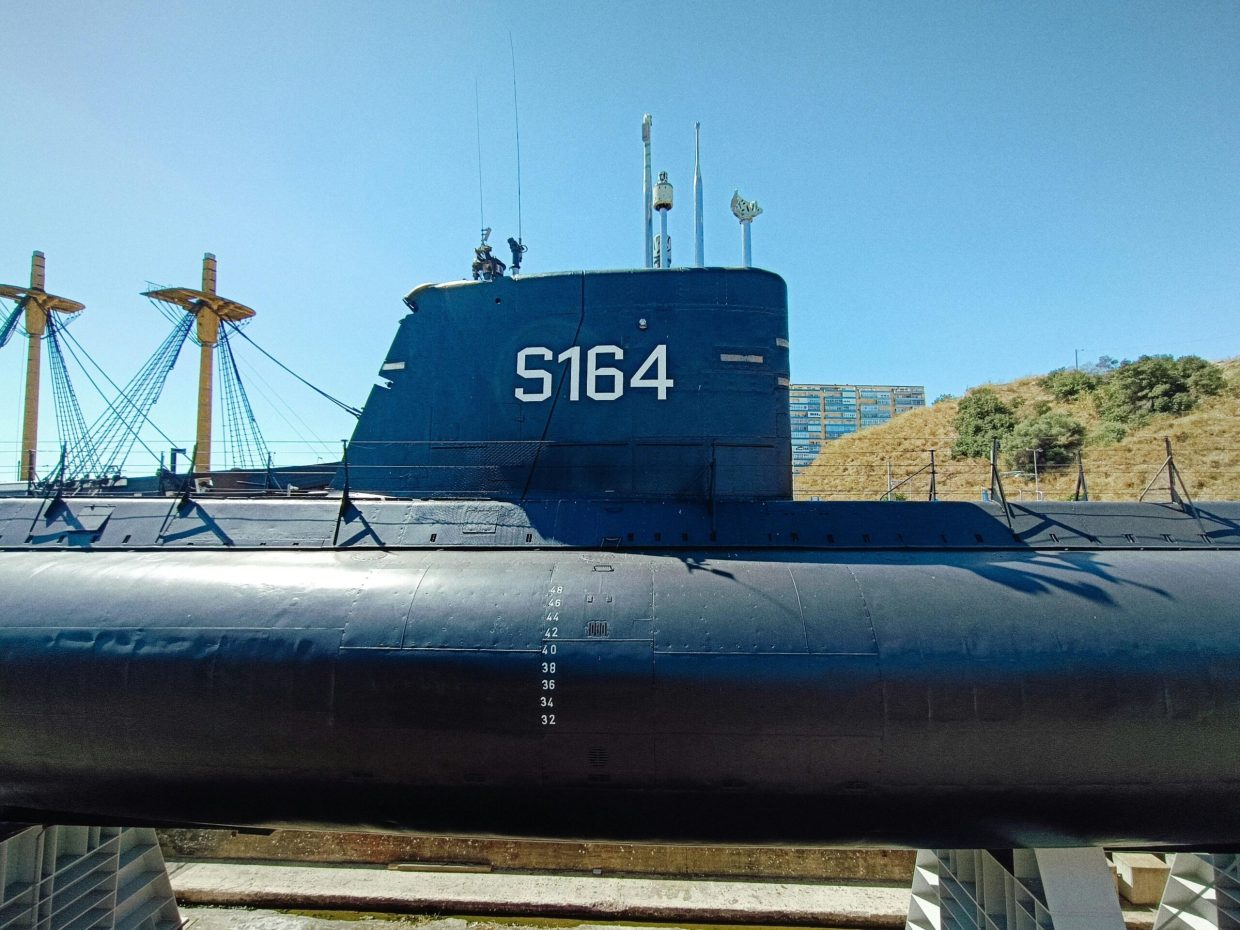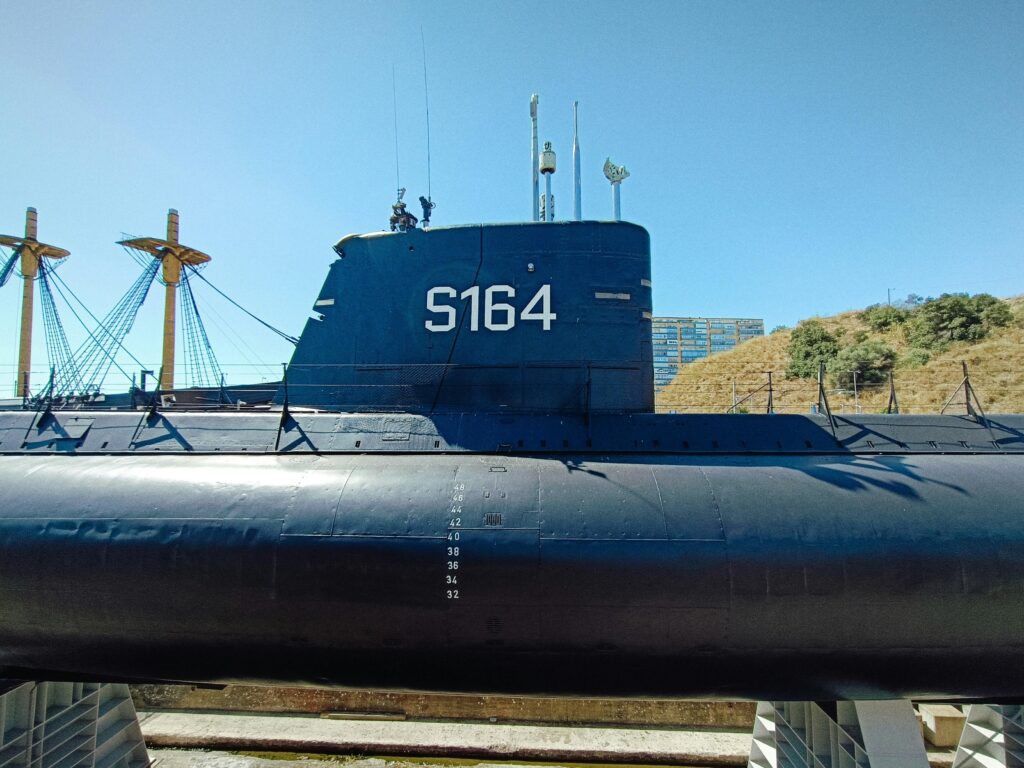Advancements in submarine warfare have consistently played a pivotal role in shaping modern naval strategy and operational capabilities. The continuous evolution of underwater technology, coupled with innovative tactical doctrines, has transformed submarines from mere stealth platforms into sophisticated instruments of maritime dominance. This article provides a comprehensive examination of recent technological breakthroughs—including enhanced propulsion systems, cutting-edge sensor arrays, and autonomous underwater vehicles—as well as the strategic adaptations that leverage these innovations. By analyzing the integration of these elements, we aim to elucidate the current trajectory of submarine warfare and its implications for future naval engagements.
Table of Contents
- Emerging Technologies Transforming Submarine Detection and Stealth Capabilities
- Integration of Autonomous Systems in Modern Submarine Operations
- Tactical Innovations in Underwater Warfare and Strategic Deployment
- Recommendations for Enhancing Submarine Fleet Readiness and Survivability
- Closing Remarks
Emerging Technologies Transforming Submarine Detection and Stealth Capabilities
Recent breakthroughs in sensor technology and signal processing have revolutionized the ability to detect increasingly elusive submarines. Advances such as quantum sensing and low-frequency active sonar systems now provide enhanced resolution and range, enabling naval forces to identify submerged assets with greater accuracy even in complex acoustic environments. The integration of artificial intelligence and machine learning algorithms further refines the analysis of acoustic signatures, allowing for rapid classification and real-time threat assessment. Furthermore, networked underwater sensor arrays create a persistent, distributed surveillance grid that can detect faint signatures otherwise masked by ambient ocean noise.
On the stealth front, innovations in acoustic dampening materials, hull design, and propulsion technology are significantly limiting the acoustic footprint of modern submarines. Techniques like anechoic coating optimization and magnetostrictive noise cancellation systems minimize mechanical and hydrodynamic noise emissions. Additionally, adaptive hull forms that alter shape dynamically under different operational conditions reduce cavitation and turbulence. Emerging propulsion concepts, such as electromagnetic drive systems and air-independent propulsion (AIP), allow submarines to maintain stealth by minimizing the need for noisy surfacing or snorkeling. Collectively, these advancements underscore a continuous technological arms race aimed at achieving strategic undersea dominance.
- Quantum-enhanced sensing for ultra-sensitive detection
- AI-driven acoustic signature analysis
- Advanced anechoic materials for noise absorption
- Adaptive hull designs to reduce hydrodynamic noise
- Electromagnetic and AIP propulsion systems
Integration of Autonomous Systems in Modern Submarine Operations
Autonomous systems have revolutionized submarine operations by enhancing situational awareness and reducing human workload. Modern submarines deploy a variety of unmanned underwater vehicles (UUVs) equipped with advanced sensors and AI-driven navigation algorithms. These UUVs conduct intelligence, surveillance, and reconnaissance (ISR) missions without exposing the mother vessel to detection or threat. The integration of these autonomous platforms allows commanders to extend operational reach, perform mine countermeasures, and gather environmental data critical for stealth maneuvers.
Key capabilities of autonomous systems in submarines include:
- Real-time data fusion and target identification through machine learning models
- Extended mission durations with autonomous battery management systems
- Coordinated swarm tactics enabling multi-UUV collaboration in complex environments
- Automated threat detection and evasive action protocols integrated with the submarine’s combat system
The seamless integration between manned platforms and autonomous assets is transforming submarine tactics, allowing for distributed lethality and enhanced survivability. These advancements demand new doctrines and operator training programs focused on cyber-physical system management and AI ethics, ensuring that strategic decision-making remains both efficient and accountable under the rigors of underwater warfare.
Tactical Innovations in Underwater Warfare and Strategic Deployment
Modern submarine warfare has evolved beyond traditional stealth and endurance, incorporating advanced autonomous systems and network-centric warfare capabilities. These vessels now deploy unmanned underwater vehicles (UUVs) to conduct reconnaissance, target acquisition, and even electronic warfare, extending the reach and situational awareness of submerged fleets without exposing manned submarines to direct risk. Furthermore, advancements in acoustic stealth technology, such as anechoic coatings and active noise cancellation, have drastically reduced acoustic signatures, rendering submarines increasingly undetectable to conventional sonar arrays. This technological edge enables submarines to perform covert insertions, surveillance, and preemptive strikes with unprecedented precision.
The strategic deployment paradigm has shifted to include distributed lethality and multi-domain synergy. Submarines now operate as integral nodes within a broader maritime network, coordinating with surface vessels, aerial drones, and satellite intelligence to execute complex mission profiles. Command and control systems leverage encrypted, low-frequency communication channels to maintain connectivity even in deep or congested waters. Key innovations include:
- Adaptive mission planning through AI-driven environmental and threat analysis
- Enhanced missile launch systems capable of hypersonic weapon deployment
- Integration of cyber warfare techniques for electronic disruption and defense
These tactical adaptations allow for rapid response to emerging threats and provide strategic dominance in contested underwater theaters.
Recommendations for Enhancing Submarine Fleet Readiness and Survivability
To maintain a competitive edge in underwater warfare, integrating cutting-edge sensor fusion systems is paramount. These systems harness data from multiple detection sources, including acoustic, magnetic, and optical sensors, enabling comprehensive situational awareness with minimal detection by adversaries. Additionally, regular implementation of advanced cyber defense protocols ensures protection against increasingly sophisticated electronic warfare threats. Enhancing crew training through high-fidelity simulators replicating realistic combat environments further sharpens operational efficiency, reducing human error during critical missions.
Investing in modular hull designs with adaptive stealth coatings significantly increases survivability by minimizing acoustic signatures and allowing rapid repair or upgrades without extensive dock time. Embracing autonomous underwater vehicles (AUVs) as force multipliers provides strategic reconnaissance and early threat detection while preserving crew safety. Key focus areas include:
- Dynamic threat-adaptive electronic countermeasures to neutralize incoming torpedoes and naval mines.
- Enhanced power management systems for prolonged submerged endurance and silent running capabilities.
- Integrated network-centric combat systems to enable seamless communication and coordinated fleet maneuvers.
These combined technological and tactical advancements create a resilient submarine fleet capable of confronting evolving maritime challenges with decisive advantage.
Closing Remarks
In conclusion, the continuous evolution of submarine technology and tactics underscores the strategic imperative of undersea dominance in modern naval warfare. Innovations in stealth, propulsion, sensor integration, and weapon systems have collectively transformed submarines into highly versatile and lethal platforms capable of conducting a wide spectrum of missions. As geopolitical dynamics and technological frontiers advance, the integration of artificial intelligence, autonomous systems, and enhanced communication networks will further redefine submarine operations. Maintaining operational superiority beneath the waves will require sustained investment in research, rigorous training, and adaptive doctrines, ensuring that submarine forces remain a critical component of national defense and global maritime security in the decades to come.













